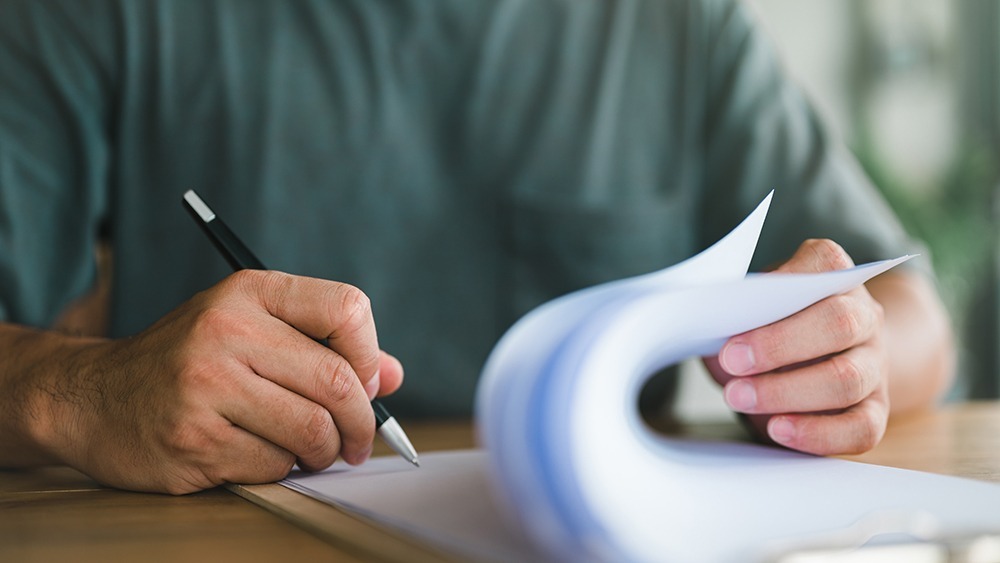Essential Steps to Collecting Photos, Witnesses, and Documents That Strengthen Your Case
Share:
When you’ve been hurt in an accident, whether it’s a slip and fall, a car crash, or a workplace injury, one thing becomes crystal clear: you need to prove that the accident happened and that someone else’s negligence caused it. In personal injury cases, evidence is your best friend. Without strong evidence, even the most legitimate claim can fall apart.
So, how can you build a solid personal injury case? How do you gather the key evidence that will support your claim and get you the compensation you deserve? In this post, we’ll break it down in simple terms, giving you practical insights into the types of evidence that matter and how to present it effectively.
Let’s dive in!
Why Evidence Is Crucial in Personal Injury Cases
Imagine this: You’re walking out of a store, slip on a wet floor, and injure your back. You know the fall was caused by a spill, but when you tell the store owner, they deny it. Without evidence, proving that the store owner was negligent (by failing to clean up the spill or warn you about it) becomes a real uphill battle.
In the legal world, evidence is what backs up your personal injury claim. It’s what proves the cause of the accident and the extent of your injuries. Without it, there’s nothing for a judge or insurance company to consider.
Key Types of Evidence in Personal Injury Cases
Now that we understand why evidence is so important, let’s talk about the different types of evidence that can make or break your case. Each piece tells part of the story of what happened, why it happened, and the aftermath.
Medical Records and Bills: One of the most critical pieces of evidence in any personal injury case is your medical records. These documents outline the severity of your injuries and show how they were treated. They’ll also include the diagnosis, prognosis, and future care needs, all of which are essential for determining the amount of compensation you’re entitled to.
Tip: Keep track of all your medical bills, doctor’s visits, prescriptions, and any treatments related to the injury. These records will help prove the financial cost of your injuries.
Photographs and Video Evidence: They say a picture is worth a thousand words—and when it comes to personal injury cases, photos and videos are incredibly valuable. Photos of the accident scene, your injuries, and any property damage help establish the severity of what happened. Video footage, such as security camera footage, can offer irrefutable proof of what transpired.
Tip: Immediately after an accident, take as many photos and videos as possible. Capture the scene, your injuries, and any contributing factors (like wet floors, broken equipment, or hazardous conditions).
Witness Testimony: Witnesses can make or break a case. If someone saw the accident happen, their testimony could be crucial in confirming the sequence of events. Witnesses can also speak to your behavior, the conditions of the scene, or the actions of the responsible party.
Tip: If there were any witnesses to the accident, ask for their contact information right away. The sooner you get their statements, the better. Their testimony can be the proof that strengthens your case.
Expert Testimony: Sometimes, you’ll need an expert to testify on specific issues—especially if the injury involves complex medical or technical details. Experts could include doctors, accident reconstruction specialists, or engineers, depending on the nature of your case. They help explain the cause and extent of your injuries or the specifics of how the accident occurred.
Tip: Work with your lawyer to identify which experts might be necessary for your case. Their professional insight can lend tremendous credibility to your claim.
Police Reports and Incident Reports: For accidents involving vehicles, police reports are critical. These reports document the details of the accident, including statements from involved parties and officers, as well as any citations issued. Even for non-traffic accidents, an incident report filed by a property owner or company can provide crucial evidence regarding the conditions that led to the injury.
Tip: Make sure to get a copy of the police or incident report as soon as possible. These documents often contain essential details that could help you win your case.
How to Present Evidence Effectively
Now that you’ve gathered all your evidence, it’s time to present it in a way that strengthens your case. Here are a few tips to help you organize and present your evidence effectively:
Work with an Experienced Lawyer: A personal injury lawyer is key to helping you present your evidence in the best possible way. They’ll know how to organize your evidence and bring in experts to make your case stronger. They can also help you handle insurance companies and fight for fair compensation.
Keep Everything Organized: One of the best ways to ensure your evidence is effective is to keep it organized. Create a system to track and store your medical records, photos, bills, witness statements, and police reports. When you’re in the middle of a legal battle, staying organized will help you keep track of everything you need.
Be Honest and Transparent: Honesty is crucial when presenting evidence. Only present the facts, and don’t try to exaggerate the severity of the accident or your injuries. The truth will always serve you better in the long run.
Stay on Top of Deadlines: Personal injury cases often have strict statutes of limitations, which means you need to act quickly. Don’t wait to gather your evidence or file your claim. The sooner you start the process, the stronger your case will be.
Real-Life Example: How Evidence Can Win a Case
Take the case of Sarah, who slipped on a wet floor at a Florida grocery store. She broke her ankle and required surgery. While the store denied responsibility, Sarah had gathered a wealth of evidence: photos of the wet floor, her medical records showing the severity of her injury, witness statements from customers who saw her fall, and the grocery store’s own incident report that noted the spill had been ignored by staff. With this evidence, Sarah’s lawyer was able to secure a substantial settlement to cover her medical bills and pain and suffering.
Conclusion: Your Evidence is Your Power
When it comes to personal injury cases, the quality and quantity of the evidence you present are directly tied to the outcome of your case. Whether it’s medical records, witness testimony, photos, or police reports, each piece plays a vital role in proving your claim. By collecting and presenting the right evidence, you can strengthen your case, negotiate for fair compensation, and hold the responsible party accountable for their negligence.
Ready to Win Your Personal Injury Case? Start by Gathering the Right Evidence!
If you’ve been injured in an accident, don’t let your claim fall short due to a lack of strong evidence. The right photos, medical records, and witness testimony can make all the difference when it comes to proving your case and securing the compensation you deserve.
At DuFault Law, we specialize in helping personal injury victims gather, organize, and present compelling evidence that strengthens their claims. Whether it’s a slip and fall, car crash, or workplace injury, we’re here to help you navigate the legal process with confidence.
Call (239) 422-6400 or email contact@dufaultlaw.com today for a free consultation. Let us help you build a case that wins!



Comments are closed